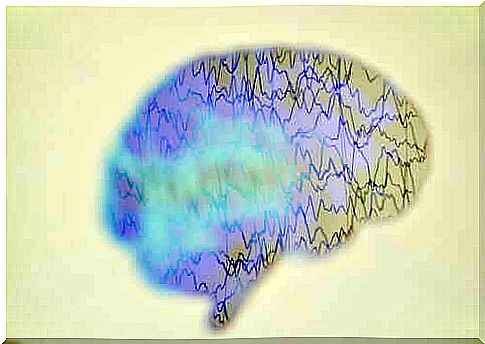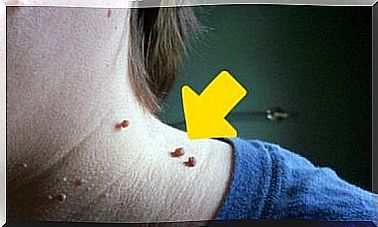Epilepsy Attack: What Is It And How To Act?
In our society, witnessing an epileptic seizure is a bit traumatic for many, due to the lack of knowledge about what steps we can take to move them from something bad to something something avoidable or controllable. In this article, we tell you about it.

According to statistics, 3% of the population will have at least one epileptic seizure in their lifetime. It is therefore a very common disease, being the second most common neurological cause for which people go to the emergency room.
Epilepsy is a chronic, non-communicable disease of the brain that affects people of all ages. In addition, around 50 million people worldwide have epilepsy and around 80% of patients live in low and middle income countries.
We will explain below what an epileptic seizure is and how a person can be made safe until the seizure ends on its own.
What is an epileptic seizure?
According to the definition, an epileptic seizure is a diverse set of symptoms, ranging from symptoms that may go unnoticed to manifestations that we commonly refer to as seizures: generalized contractions of the body with loss of consciousness.
It is interesting to note that these symptoms are due to the fact that a group of neurons in our brain decides to activate at the same time and to exert their activity in an excessive and abnormal way. We can differentiate between two types of epileptic seizures:
- Acute symptomatic crisis : a lesion outside or inside our brain causes the crisis. Brain trauma, cerebrovascular disease, infection of the brain, fever, poisoning, or an imbalance of salts and sugars in the blood can cause this type of seizure.
- Unprovoked seizures: are commonly called epilepsy. 6 in 10 people who have seizures are due to epilepsy with no identifiable cause
According to the ILAE ( International League Against Epilepsy ), epilepsy is a brain disorder that predisposes a person to have more than one seizure in their lifetime. This has consequences at the neurological, psychological and social level. In other words, any of us can have epileptic seizures, but not everyone will have epilepsy.

Types of epileptic seizures: signs and symptoms
First of all, you should know that there are two main types of epileptic seizures: generalized seizures and partial or focal seizures.
Generalized crises
Unfortunately, the abnormal activity occurs throughout the brain and is often accompanied by loss of consciousness:
- Absence : usually in children and young people. The individual loses consciousness for a few seconds, without further clinical manifestation, and during this interval, he usually does not react, he is disconnected from the environment. He does not pass out and does not have muscle contractions; he just stops what he was doing and stays staring
- Myoclonic seizures: this type of generalized seizure does not cause loss of consciousness. The patient has a muscular contraction of the extremities, normally of both hands
- Tonic : it presents itself as a single sudden tonic contraction. The body becomes stiff as a plank with loss of consciousness
- Clonic tonic : this is what is usually associated with an epileptic seizure. First, you have a phase of tonic contraction, and then this is followed by clonic contractions – muscle twitching. It is always accompanied by loss of consciousness. Often patients bite the side of their tongue and there is a loosening of the sphincters. It usually lasts between 1 and 2 minutes, then there is a period of confusion of several minutes
Partial or focal seizures
In this case, the abnormal activity only occurs in a specific group of neurons. Depending on the affected area, we have certain symptoms, for example visual and olfactory hallucinations, one-handed tremors.

How should we act?
If we are witnessing an epileptic seizure, we should do the following:
- Carefully lay the person on the floor or in an area where there are no hard or sharp objects. The head should be on something soft and flat
- Turn the person on their side to improve breathing dynamics
- Move objects that might be around the neck, as they are dangerous in the middle of movement
- Stay with the person until the seizure is over
What not to do?
Beyond what to do in these moments, it is important to know what precautions to take so as not to make mistakes that complicate the evolution of the person. One of the priorities is not to attempt to perform CPR.
The person should not be restrained during the epileptic seizure. You should also not put objects in the mouth while trying to grab the tongue. It is preferable that the seizure occurs with the person turned to the side, and that the same position adapts to the tongue.
From a food should not be offered to the person immediately. Liquids should also not be offered, at least until it can be confirmed that the person is on alert.









